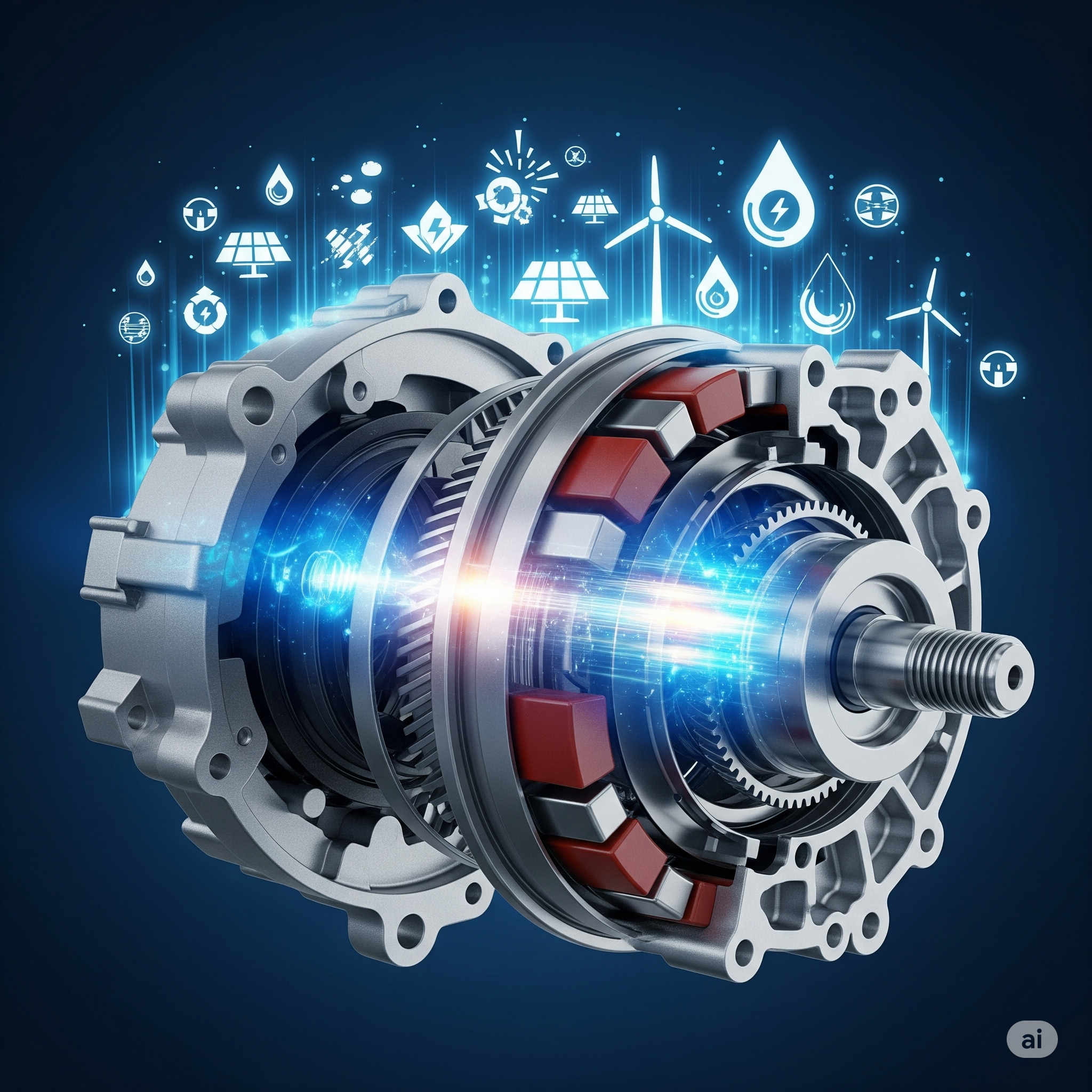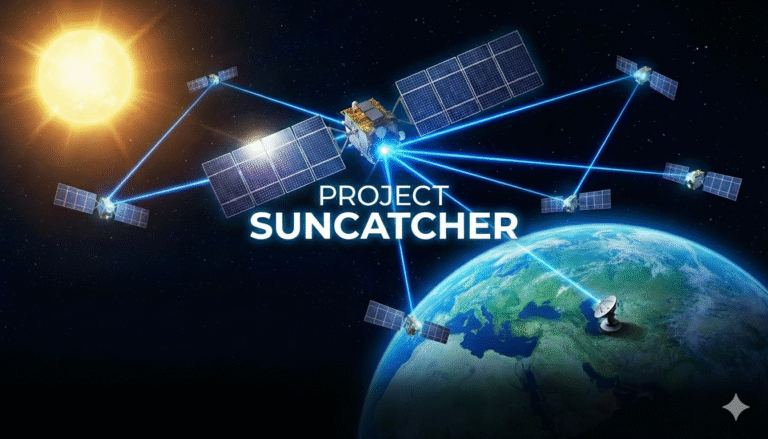Why Rare Earth Magnets Are Essential to Green Tech
From electric vehicles (EVs) to wind turbines and robotics, rare earth magnets—especially neodymium (NdFeB) magnets—are at the heart of modern green innovations.
Unlike regular magnets, rare earth magnets deliver high power in compact sizes, making them ideal for devices where space and efficiency matter most.
🧲 What Makes Rare Earth Magnets So Special?
Rare earth magnets are made from elements like:
- Neodymium (Nd)
- Dysprosium (Dy)
- Praseodymium (Pr)
Together, they form NdFeB magnets, known for:
- High magnetic strength
- Lightweight properties
- Heat resistance
These qualities make them indispensable in:
- Electric motors
- Wind turbine generators
- Hard disk drives
- Magnetic levitation trains
🚗 In Electric Vehicles (EVs)
Each EV motor contains about 1–2 kg of rare earth magnets.
They help improve:
- Motor efficiency
- Battery range
- Vehicle torque response
A 2023 report by the International Energy Agency (IEA) revealed that EV adoption could increase rare earth demand by 4X by 2030.
Tesla, Toyota, and BYD all use rare earth magnets in their latest EV models.
🌬️ In Wind Turbines
Offshore wind turbines need powerful magnets for:
- Rotor assemblies
- Pitch and yaw systems
NdFeB magnets allow turbines to work efficiently without gearboxes, reducing maintenance costs.
China dominates magnet supply for wind tech, but Europe and the US are scaling up local sourcing.
🛰️ Other Applications Driving the Future
- Robotics: For joint motion and sensors
- Aerospace: High-performance controls and avionics
- Consumer electronics: Earbuds, smartphones, laptops
- Medical devices: MRI machines and surgical equipment
⚠️ The Supply Chain Challenge
🌏 Who Controls Rare Earth Magnets?
- China controls over 90% of global magnet production
- Countries like the US, India, and Japan are now trying to diversify supply
🛑 Why It’s Risky:
- Export restrictions from China can cause global price spikes
- Mining and processing raise environmental concerns
- Demand is growing faster than supply chains can adapt
🇮🇳 What India Is Doing About It
India holds about 6% of global rare earth reserves, mostly in monazite sands across:
- Odisha
- Andhra Pradesh
- Kerala
Initiatives like Sona Comstar’s domestic magnet production, and government-backed critical minerals strategy, aim to reduce import dependency.
IREL (India) Limited and BARC are also investing in refining tech for magnet-grade rare earths.
📈 The Green Tech Connection
| Sector | How Rare Earth Magnets Help |
|---|---|
| Electric Vehicles | Efficient, compact motors |
| Wind Power | High-torque, low-maintenance turbines |
| Consumer Electronics | Miniaturized, durable components |
| Clean Robotics | Precision movement and sensing |
| Defense & Aerospace | Secure high-performance systems |
🔋 Recycling Rare Earth Magnets: A Future Trend?
Countries are now experimenting with urban mining and magnet recycling from:
- E-waste (laptops, phones, HDDs)
- Retired EV batteries
Tech like magnet-to-magnet recycling is emerging to reduce mining.
Startups in India and Europe are piloting closed-loop systems.
🤖 Final Thoughts: Tiny Magnets, Massive Impact
Rare earth magnets may be small, but they’re critical to powering cleaner transportation, smarter devices, and greener infrastructure.
The future of sustainable tech depends on how we secure, produce, and recycle these magnets responsibly.
If we want to build a world that runs on renewable energy, we’ll need to start by understanding the tiny powerhouses making it possible.









+ There are no comments
Add yours